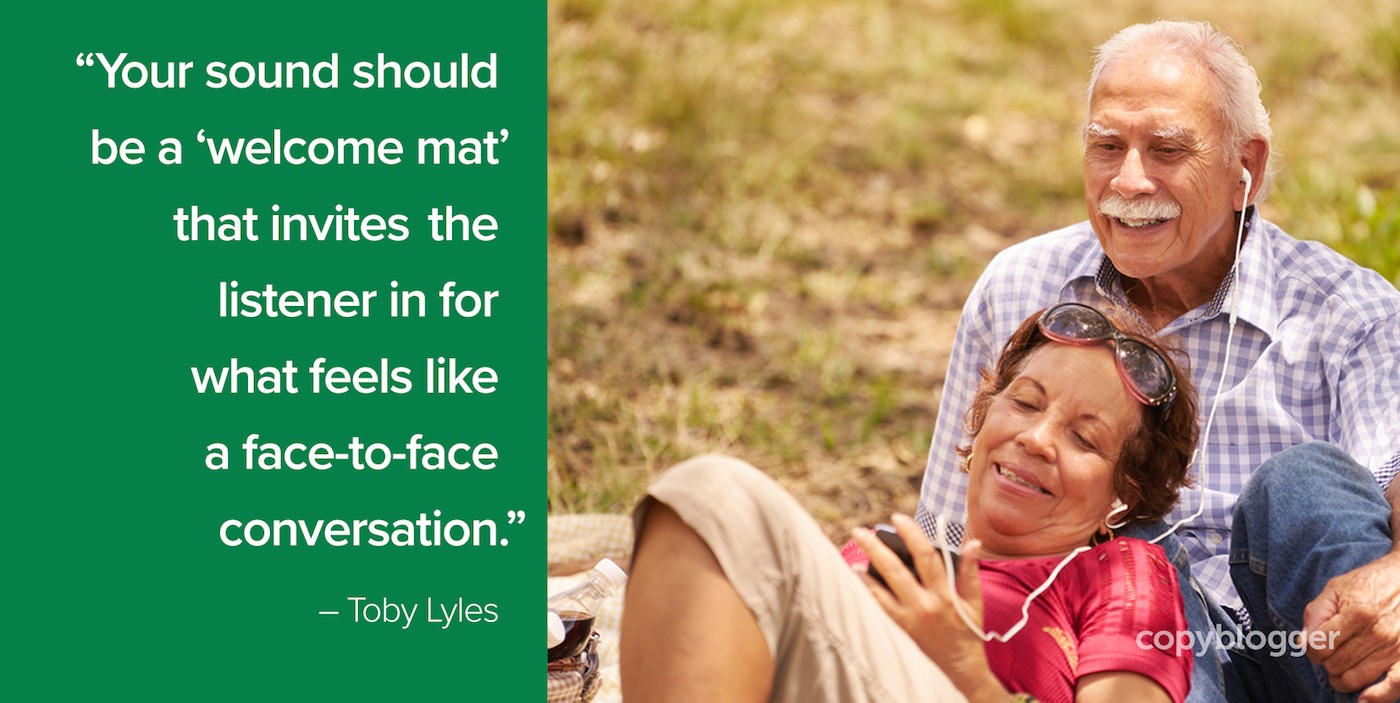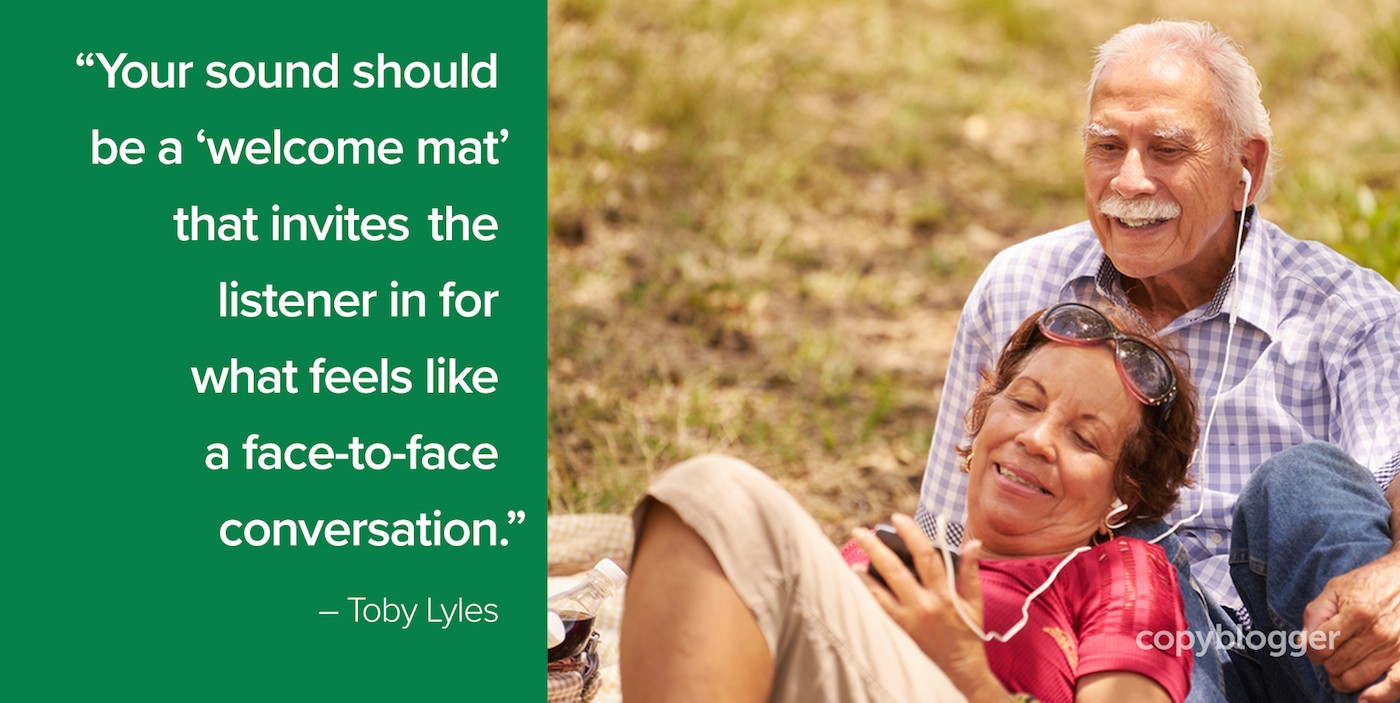
I started working with podcasts because I was an avid podcast listener.
I would be listening to a conversation, hanging on every word, and then it would happen: the guest would bump his mic at the exact moment when he said the one thing I wanted to hear, and I’d miss out.
Our content should connect and engage, not frustrate and push away.
Since I run a podcast production company, I’ve learned that most people think any sound problem can be repaired with the simple twist of a knob. If only that were so.
Do you know how to avoid the most common podcast production pitfalls that distract your listeners?
Read on to discover how your podcast can stand out from the majority of the audio content available on the web.
Quality audio defined
Audio quality can be as subjective as Picasso’s art in a museum. One person says it’s brilliant … the next walks away scratching their head.
Let’s start with what quality audio is not.
You can tell audio needs to be improved when you hear:
- Hum
- Buzz
- Hiss
- Room reflections (echoes from the recording room)
- Microphone handling, bumping sounds
- Other foreign sounds: animals, lawnmowers, keyboard clicks, etc.
- “Plosives” (the explosive sound consonants make when spoken into a microphone)
- Extreme audio processing (audio effects that create an unnatural sound)
On the other hand, quality audio can be defined in one word: natural.
Quality audio sounds as if you’re talking around a kitchen table or with a client in your office. Your sound should be a “welcome mat” that invites the listener in for what feels like a face-to-face conversation.
How do you accomplish that? Here are 10 tips that will help you produce the “welcome mat” experience.
1. Value your listeners
Podcasts and blogs are similar.
In the same way that good website design helps attract and keep blog readers, quality audio attracts and keeps listeners around.
Quality audio isn’t about making you sound good, it’s about engaging your audience.
2. Invest in the right microphone
You knew this one was coming.
Microphones are the most important element of quality audio, but podcasters don’t need fancy, expensive ones.
If you record a monologue or interview-style podcast in an office or room in a home, a dynamic microphone is what you need. Other microphones work, but they can require more resources to coax out good sound.
Want some recommendations? My favorites are:
- RE20: the most popular microphone for radio for decades
The microphones listed above will produce quality sound, but remember that choosing a microphone is mostly about personality and taste. You need to ask yourself if the microphone is right for you, your voice, and your brand.
One way to answer the “which is best for me” question is to book a session at a professional recording studio and try out a variety of microphones. Take those recordings and get some feedback.
Between the engineer at the studio and your friends and family, you should be able to find a clear winner. Also, keep your target audience in mind. Does the microphone help communicate who you are? Does it match the tone your audience needs to hear?
Here are a couple guidelines about microphones to avoid:
- The headset microphone that came with your smartphone. While those are great for appearing live on Facebook, they’re not ideal for podcasting.
- A condenser microphone. They’re made for the acoustics in big, fancy, recording studios. Unless…

COMMENTS